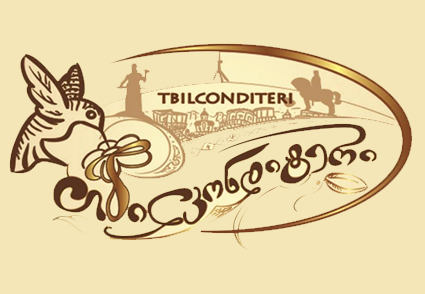
Confectionery manufacturing "Tbilkonditeri"
The subject of the booking is to develop a project of a conventional enterprise, equipping it with the latest modern technologies, equipment and techniques of new assortment types.
Confectionery "Tbilcondidier" was founded in 2012, he was able to establish a place on the Georgian market and merit credibility and approval. The specialty of which was the specialty of the group of which separated the confectionery factory "Tile Country" and founded a nasalistic "Confectionery Factory" "Which is now the conference itro industry engaged in a round dance.
The project was developed in one month, the company had to address the following key issues:
1.In the technical section of the unit, the search, processing and proposal of the equipment, materials and documentation needed to be implemented in the field of production, such as:
1.1.The selection and calculation of modern technological and waste technologies in technical area, taking into account the real conditions in Georgia, and then for effective use.
1.2.In technological component - the selection and selection of new assortment and innovative technologies in selected technological equipment, resulting in the production of comparable products in comparison with the local market and the production of products produced in foreign countries.
Finding and processing standard documentation for practical implementation - strict compliance with the technological process parameters that ultimately ensures high quality products and human consumption of food.

